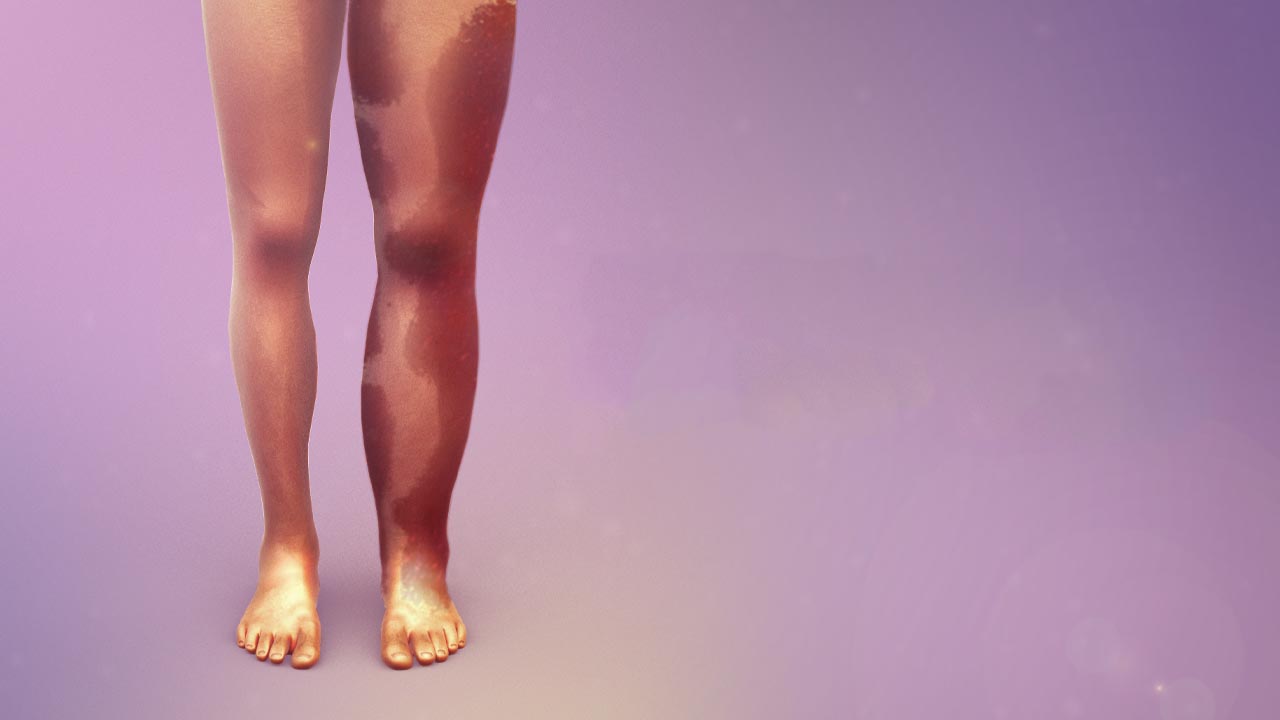A rare congenital (found at birth) malformation involves abnormal growth of bone and soft tissues along with problems in the development of the lymph and blood vessels. It is also known as Klippel-Trenaunay Syndrome, occurs most frequently in the lower limb, and is not very common in the upper extremities and trunk. It was found in the early 20th century when French physicians Klippel and Trenaunay explained their research on capillary stains and venous varicosities.
Almost around the same time, an English dermatologist named Park Weber found a combination of an overgrown limb and hemangiomas. For many years, these three researchers’ names were combined and linked to create the term Klippel-Weber-Trenaunay syndrome.
However, in the latter 20th century, it was clear that the Parkes Weber and Klippel-transanal syndromes differed very much from each other. The Parkes-Weber syndrome explained conditions of fast flow with variable capillary stains of the enlarged limb, whereas the KTS was a slow-flow vascular disorder that involved capillary disorders.
Causes of Klippel-Trenaunay Syndrome
The mutation of the primitive cells forms a limb, which therefore develops tissues in the body, causing KTS. . It is a somatic mutation (i.e., the one that happens after fertilization and before birth in the early development when the cell division occurs). KTS is not inherited and cannot pass over in a family.
Signs and symptoms
People suffering from KTS may experience signs and symptoms ranging from mild to extensive.
1. Varicose Veins or Vein Malformation
It is a condition that involves swollen and twisted veins that are also known as varicose veins. Varicose Veins usually appear on the legs’ surface. If we talk about the deeper form of these veins, they may also appear on the arms, abdomen, and pelvis. Spongy tissue filled with small veins under the skin may also be present. These malformed veins may get even more prominent with age.
2. Port-wine stain
The extra tiny blood vessels in the top layer of the skin may cause a pink to reddish-purple birthmark may start appearing. This birthmark can involve any portion of the body but mainly occurs in the part of one leg and may get darker or lighter with growing age.
3. Lymphatic System Malformations
The part of the immune system responsible for protecting the body against infections and diseases and transports the lymphatic fluids, i.e., the lymphatic system, gets malformed. CT scan and MRI report can detect the presence of extra lymphatic veins. These other veins may not work correctly, leading to fluid leakage into the tissues and causing swelling.
4. Overgrown Bones & Soft Tissue
This condition may arise from the infant phase of life and may be limited to one leg but may also occur in the arm or even rarely in the face. Even less often, there may be a presence of extra fingers or toes and the fusion of fingers. This symptom may also cause one leg to grow longer and cause problems related to walking, hip, and back disorders.
5. Chronic Pain
Pain is a widespread problem and may arise from infections that cause swelling, bone involvement, or any issue related to the veins.
Treatment of KTS
Physicians identify KTS at the time of birth. Hence, it is essential to get an accurate and prompt diagnosis of KTS. After the initial diagnosis, doctors should provide appropriate treatment of symptoms to prevent complications. There is no cure for KTS, and the treatment is entirely symptomatic. Laser surgery can treat/remove skin lesions. The surgeries may be able to correct the discrepancies in limb size. Moreover, professional vascular surgeons / interventional radiologists can perform the treatment of varicose veins.
The complications of KTS may be life-threatening as the disorder is one of the progressive disorders. However, it is not the case with all patients. Many individuals may be able to live well if they manage their symptoms correctly.




